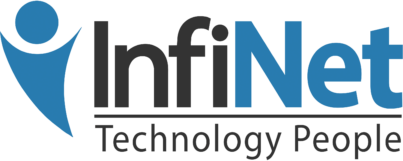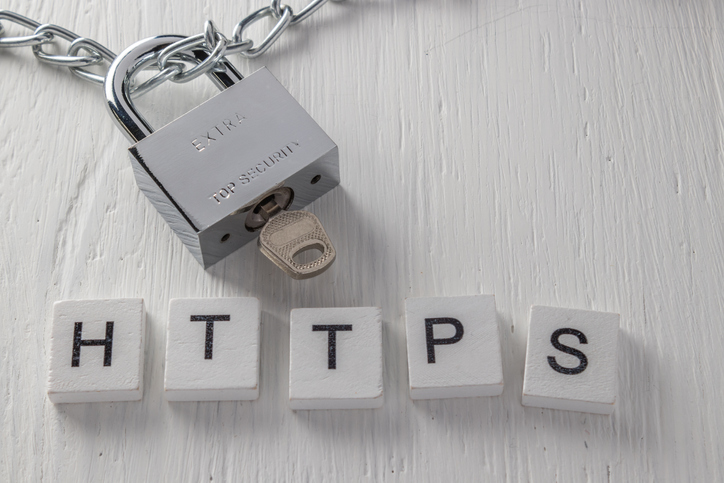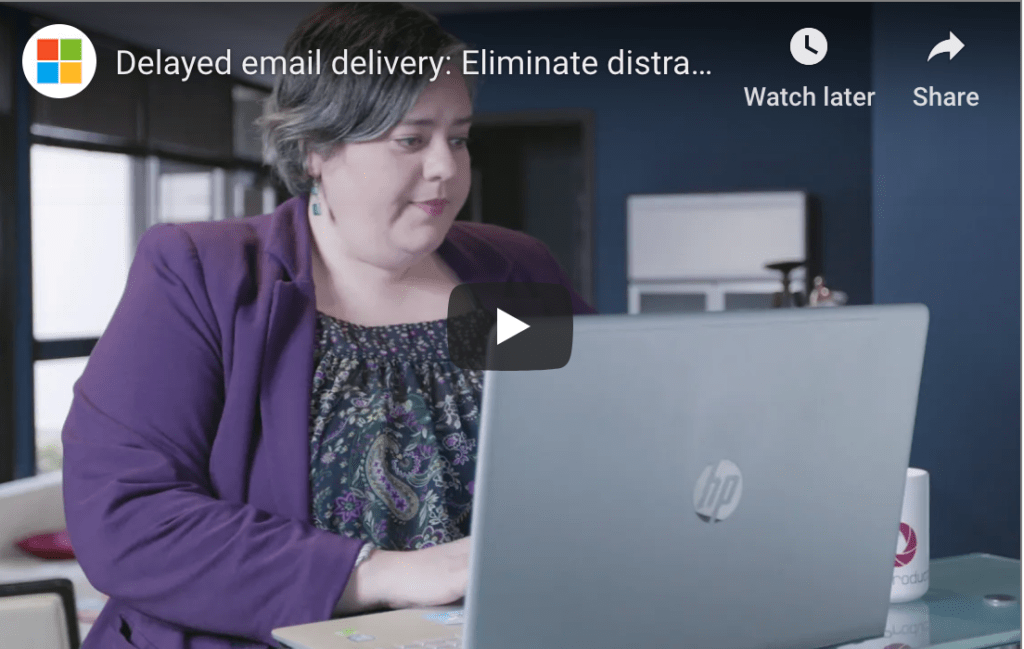LabCorp Data Breach: What We Know

Are You One Of Many Affected By The LabCorp Data Breach?
Financial & Personal Information of 7.7 Million Exposed
Just yesterday we wrote about the Quest Diagnostics’ breach affecting nearly 12 million. Today we’re writing to tell you about a LabCorp breach affecting 7.7 million people. Both of these breaches were caused by a third-party; the American Medical Collection Agency (AMCA). AMCA provides billing collection services to both LabCorp and Quest Diagnostics.
AMCA has informed LabCorp that it is in the process of sending notices to approximately 200,000 LabCorp consumers whose credit card or bank account information may have been accessed. AMCA has not yet provided LabCorp with a list of the affected LabCorp consumers or more specific information about them.
In a filing with the U.S. Securities and Exchange Commission, LabCorp said the breach happened between August 1, 2018, and March 30, 2019.
A section of the filing reads:
“AMCA’s affected system also included credit card or bank account information that was provided by the consumer to AMCA for those who sought to pay their balance. LabCorp provided no ordered test, laboratory results, or diagnostic information to AMCA. AMCA has advised LabCorp that Social Security Numbers and insurance identification information are not stored or maintained for LabCorp consumers.”
The information included in the breached system includes:
- Bank account information,
- Credit card information,
- First and last name,
- Date of birth,
- Address and phone,
- Date of service and provider, and
- Balance information.
Forensic experts are investigating the breach. It’s possible that the AMCA breach could impact other companies and millions of more consumers.
What Should You Do?
Anyone who was affected by the data breach should freeze their credit report to prevent criminals from opening credit card accounts in their name. They should also be concerned that their Social Security numbers were exposed.
If you believe that your information has been leaked, you can contact LabCorp customer service on their contact page.
LabCorp Data Breach: What We Know Read More »




